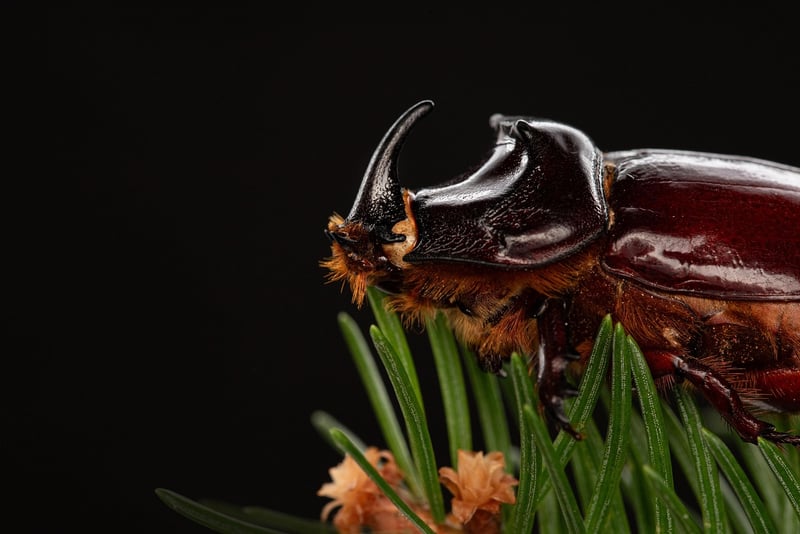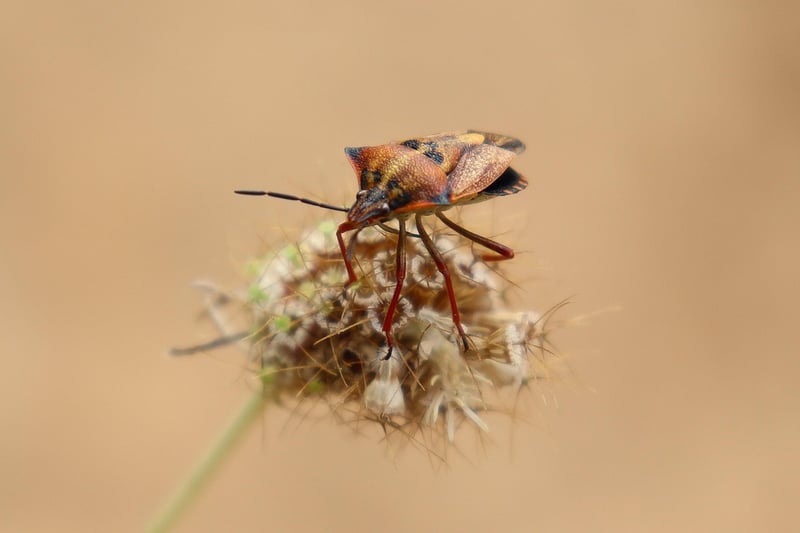Identifying Bugs
Dealing with Garden Pests: Identifying Bugs
Gardening can be a rewarding and therapeutic hobby, but dealing with garden pests can be a major challenge for any gardener. One of the first steps in effectively managing pests in your garden is to identify the bugs that are causing damage to your plants. By correctly identifying the pests, you can choose the most appropriate methods to control them and protect your garden.
Common Garden Pests
There are several common garden pests that can wreak havoc on your plants. Some of the most prevalent ones include:
- Aphids: These small, soft-bodied insects can be green, yellow, black, or brown and often cluster on the undersides of leaves.
- Whiteflies: These tiny, white insects feed on plant sap and can cause yellowing and wilting of leaves.
- Caterpillars: The larvae of butterflies and moths, caterpillars can chew on leaves and flowers, causing significant damage.
- Slugs and Snails: These slimy pests feed on a variety of plants and can be particularly damaging to seedlings.
- Spider Mites: These tiny pests are difficult to see without a magnifying glass and can cause stippling on leaves.
Identifying Garden Bugs
Properly identifying garden bugs is crucial for implementing effective pest control measures. Here are some tips to help you identify common garden bugs:
- Physical Characteristics: Look at the bug's size, shape, color, and markings.
- Behavior: Observe where the bug is found, how it moves, and what plants it is feeding on.
- Damages Symptoms: Examine the type of damage the bug is causing to your plants.
- Use Resources: Utilize online resources, field guides, or local extension services to help with bug identification.
Conclusion
By being able to identify common garden pests and bugs, you can take the necessary steps to protect your plants and prevent further damage. Remember that not all bugs are harmful to your garden, so it's essential to differentiate between beneficial insects and pests. Implementing integrated pest management practices and using natural remedies can help maintain a healthy balance in your garden ecosystem.
Happy gardening!

